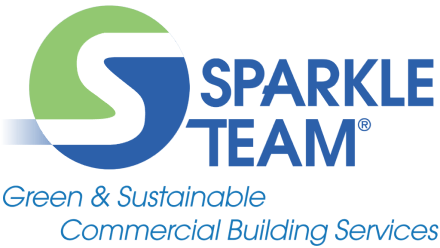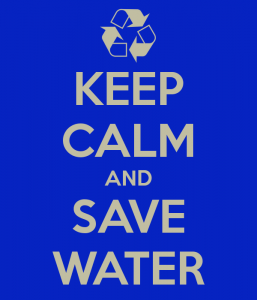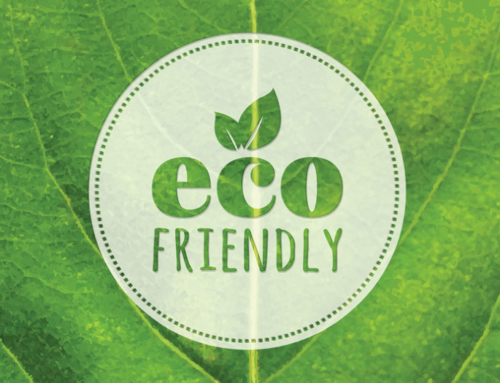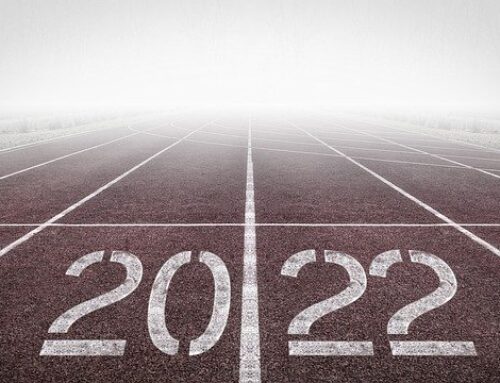5 Ways to Save Water
Are you looking to conserve the water usage in your building?
In this article we will discuss 5 ways to save water that will be good for the environment and your bottom line.
Along with using eco-friendly cleaning products and implementing energy saving techniques, saving or conserving the water we use is a large factor in saving our environment and it’s natural resources. Water tends to be something that most people don’t think twice about, for instance, do you know how much water is being wasted by using a traditional bathroom faucet vs. a faucet that has an aerator? Or, how much water is wasted by using a standard mop with a five gallon bucket vs. a mop with a built-in tank that contains a predetermined level for water and chemicals? Below are 5 ways to easily implement water conservation methods that will benefit our environment’s natural resource and your wallet.
#1 Attach a Faucet Aerator 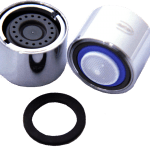
Simply attached to your current faucet, a faucet aerator is unlike most faucet accessories that simply restrict the flow of water (typically causing the user to just let the water flow longer), but by adding air into the water stream. A faucet aerator will restrict the water flow, however, the user will feel as if it is the same amount of water pressure they are used to. The EPA estimates that a traditional faucet will produce 2.2 gallons per minute vs. a faucet aerator that can minimize the water flow to as low as .5 gpm (this may feel significantly different, therefore an aerator that produces 1.5 gpm is preferred since most users can’t tell the difference).
#2 Built-In Tank Mops
Most cleaning is still done using a standard mop and bucket; typically, these traditional buckets are the heavy duty 5 gallon buckets that need to be dumped and refilled multiple times throughout the cleaning process in order to dispose of the dark, dirty water. This process can waste gallons upon gallons of water during one cleaning session which can ultimately harm the environment and increase the water usage of the building. New technology mops (AKA bucketless mops) have built-in tanks which provide an alternative and are beneficial in many ways, such as the following:
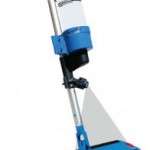
- Lessens user fatigue = less hours needed to mop
- Allows the use of clean water to be used throughout the cleaning process
- Utilizes a chemical dispenser that dispenses the allotted amount of chemical and water mixture in order to provide an efficient clean throughout the entire process
- Very little to no dirty or chemically treated water has to be flushed down the drain into the sewer
- Saves money, time and effort
#3 Waterless Urinals
Many companies have made the switch to waterless urinals that use a cartridge insert filled with a sealant liquid instead of water. This may not be the most pleasent way to save water however, the cost and water savings is significant; a waterless urinal can save approximately 1 40,000 gallons of water annually! However, many times the waterless urinals can cause a urine odor problem in the facility, not to mention the damage that can be caused by the urine on the metal or PVC plumbing. Using cartridges like the Green Cartridge, is an easy fix to this problem (eliminating odors and saving your plumbing) and you can continue to reap the benefits of a waterless urinal along with the money and water it saves.
#4 Check for Leaks
Leaks are the silent assassin when it comes to your water bill. This is a very important step to include when on the mission to save water in your building. Depending on the leak, savings can be dramatic.
Quick tip to check for leaks in toilets: Apply two-three drops of food coloring into the reservoir while it’s still filling- after 15-30 minutes, if the water in the toilet changes to that color you may need to change the flapper valve.
#5 Install Signs in all Restrooms to Encourage Water Conservation
Ask! As our society becomes more and more aware of the growing concern for water conservation, simply placing a sign asking to monitor your water usage can show some significant results. And, this can add to a positive company brand perspective that you care about the environment.
If you have any other water conserving tips, let us know!
